The symbol of this change is Vite Vecchia – a low-alcohol wine that shows “the other face of Moscato”.
With this wine, Cadgal aims to redefine the identity of Moscato d’Asti, creating an original version that can rival the great sweet whites of Europe.
Vite Vecchia Moscato d’Asti DOCG comes from vines over 70 years old, manually harvested slightly overripe at the end of September or early October, with a yield of less than 40hl/ha. The density of planting is 5,500 vines per hectare, Guyot-trained with 6-8 buds on the cane.
After a soft pressing, the Moscato Bianco juice is inoculated with selected yeasts and left in an autoclave at 0°C. In spring the temperature is increased, and the fermentation continues at 16-18°C until the must reaches 5% ABV. Then it is bottled with a beer cap ready for ageing.
What makes Vite Vecchia unique, however, is the refinement method: the limited-edition, single-vineyard wine rests for five years in wooden boxes filled with sand. 288 bottles per box, kept in ideal conditions: dark, cool and the right humidity.
Alessandro Varagnolo, owner and winemaker, describes it as “the perfect natural environment for ageing the wine”.
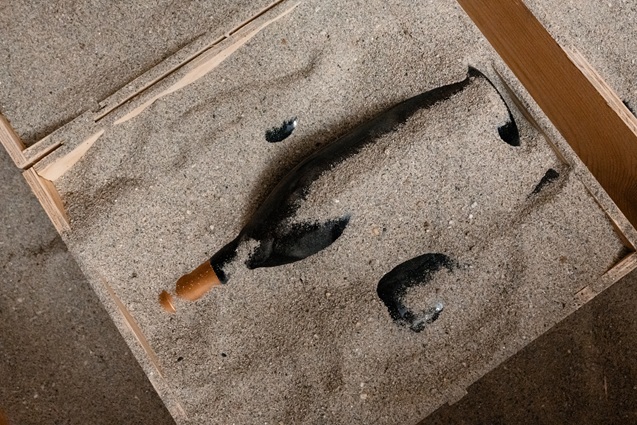
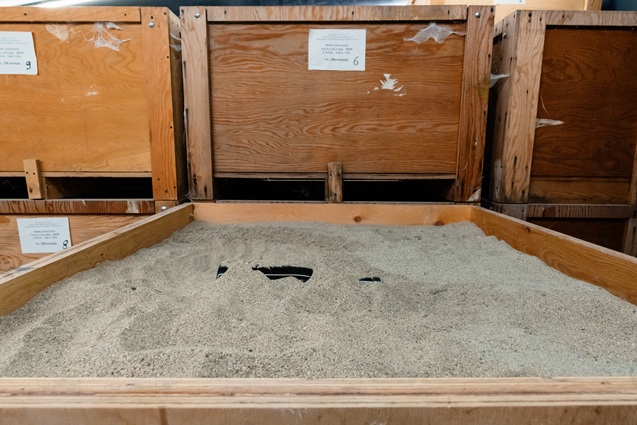
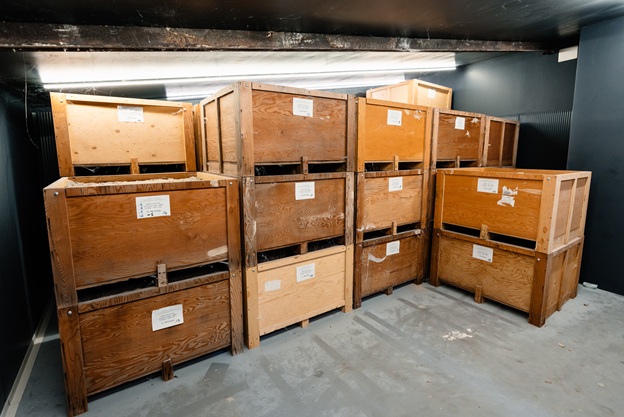
The Sand-Ageing Technique
The practice of ageing wine immersed in river sand is rare and harks back to an ancient technique used in Piedmont, according to Alessandro.He tells Canopy: “The inspiration comes from the fact that this type of Moscato – the Moscato ‘as it used to be’ in the time of our great-great-grandparents – was stored in these caves dug into the tuff (called Crutin or Infernot depending on the area). The bottles were laid on the ground, covered with sand and then sprinkled with water from the neighbouring well to keep them at a constant temperature and humidity thanks to the properties of the natural cave.”
By encasing the bottles in river sand at a constant 15ºC, Cadgal creates a stable environment that shields the wine from temperature fluctuations and light exposure. This method ensures a slow, controlled maturation, enhancing the wine’s aromatic complexity and structural integrity.
It has a straw-yellow colour and golden hues, offering a broad, complex, and elegant nose with notes of acacia honey, sage, mint, and a citrus finish. Some of the Moscato’s primary aromas get replaced by layers of creaminess, dried fruit and lavender. On the palate, it opens sweet, but the 150g/L of sugar isn’t cloying thanks to the refreshing acidity and soft bubbles. The finish is long.
The benefits of this ageing technique sound similar to ageing wine under the sea – but without the movement or hassle. So, I wonder if it speeds up or slows down the ageing process?
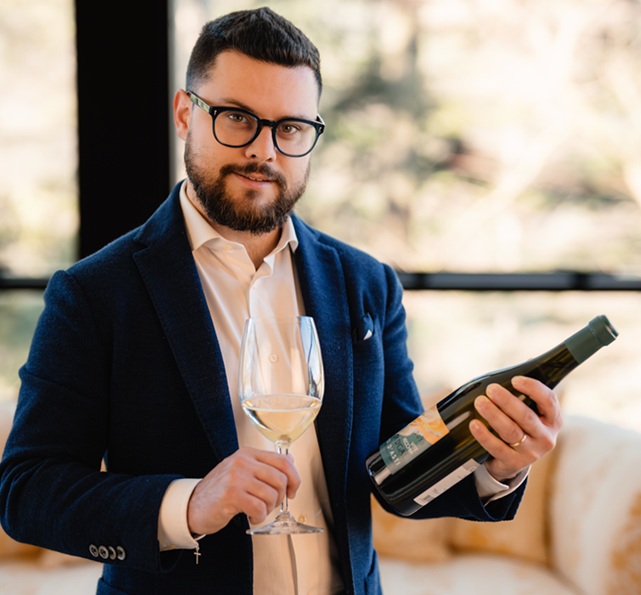
Alessandro (above) replies: “We can’t really speak of accelerating or slowing down the ageing process as it simply allows a proper condition and the more the bottles benefit from it, the more they acquire an evolution of aromas over time. From this point of view, one can say that it slows down the ageing process, but it’s not properly correct.”
Alessandro, who acquired Ca’ D’Gal’s estates and vineyards in 2023, says he was surprised by the process at the beginning, but is now convinced Vite Vecchia can stand as a testament to Moscato d’Asti’s potential for complexity, depth, and longevity.
“How long?” I wonder.
Beyond 15 years is the figure given – affirming the quality of the product.
Alessandro says he recently tried two versions of the 2014 vintage side by side – one aged for five years in sand. He says this one was “richer in flavour – it’s much more complex and has more structure. And it’s still evolving in the bottle.”
He has also tasted the 2003, 2009 and 2011 – made by previous owner Alessandro Boido. “They are something amazing,” the new owner says, adding: This process is “underestimated”.
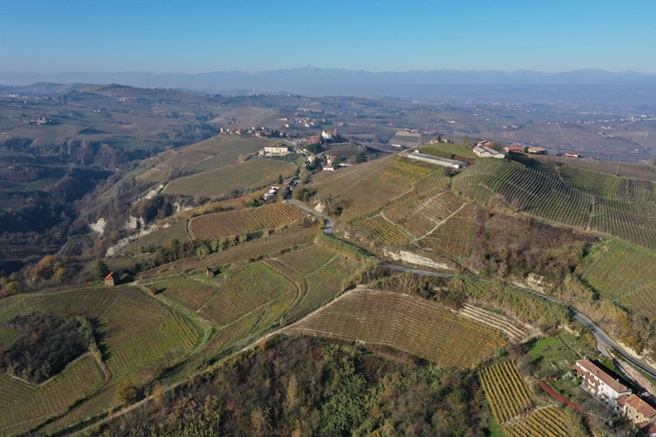
Cadgal includes two beautiful properties in the Piedmont region (between Genoa and Turin): Tenuta Valdivilla, near Santo Stefano Belbo in the Moscato d’Asti region of Langhe, and Tenuta La Cova in Calamandrana, in the heart of the Monferrato Asti area.
Tenuta Valdivilla spans 6ha and includes a three-star hotel, the Wine Country House.
A few kilometers away, Tenuta La Cova has 9ha of vines, a 17th-century building that houses the winery, and a B&B.
The vineyards here are surrounded by forests - a symbol of the “restitution” agriculture in practice. Viticulture consultant Maresa Novara (below) believes in the presence of woods and uncultivated areas, the use of green manures and virtuous agronomic practices, such as the reactivation of the soil microbiome, to compensate for the “exploitation” of the vineyard land.

From these 15ha, Cadgal produces 80,000 bottles of wine per year. They are exported to countries such as Australia, Belgium, Bermuda, Canada, China, Denmark, USA, France, Germany, Japan, Hong Kong, South Korea, Holland, Poland, England, Singapore, Switzerland, Taiwan.

 English
English French
French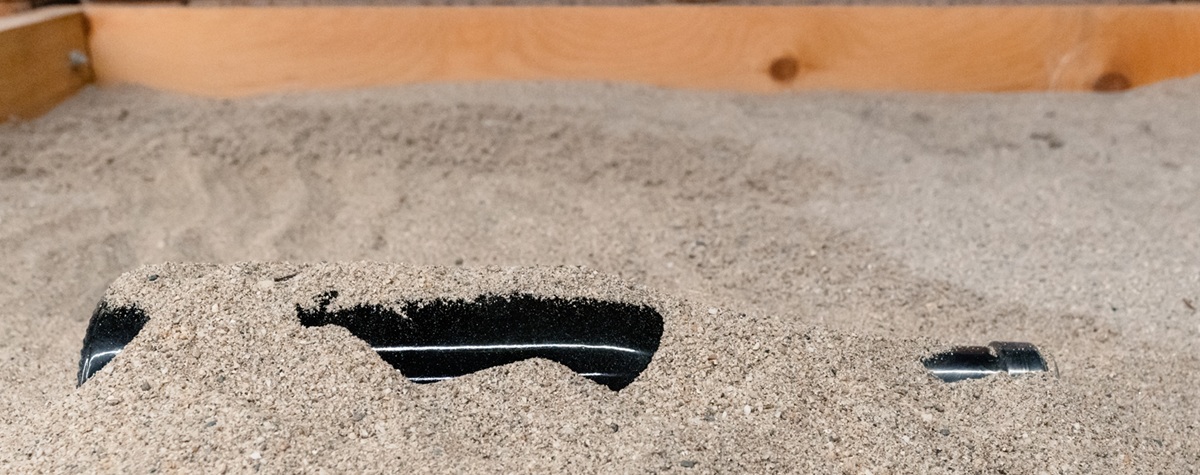



.png)


.png)





